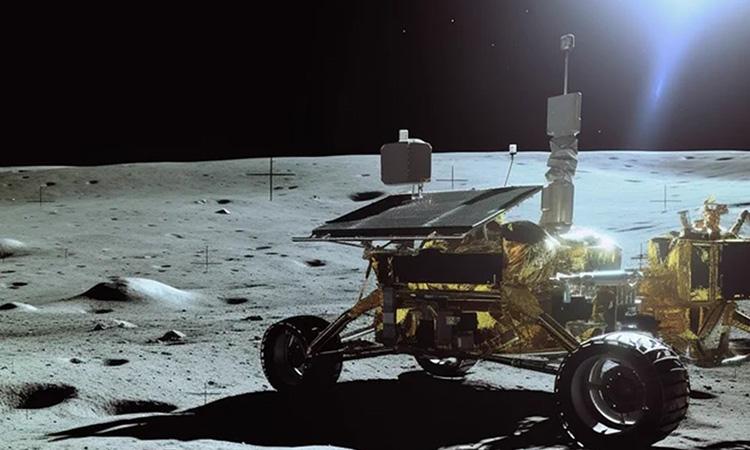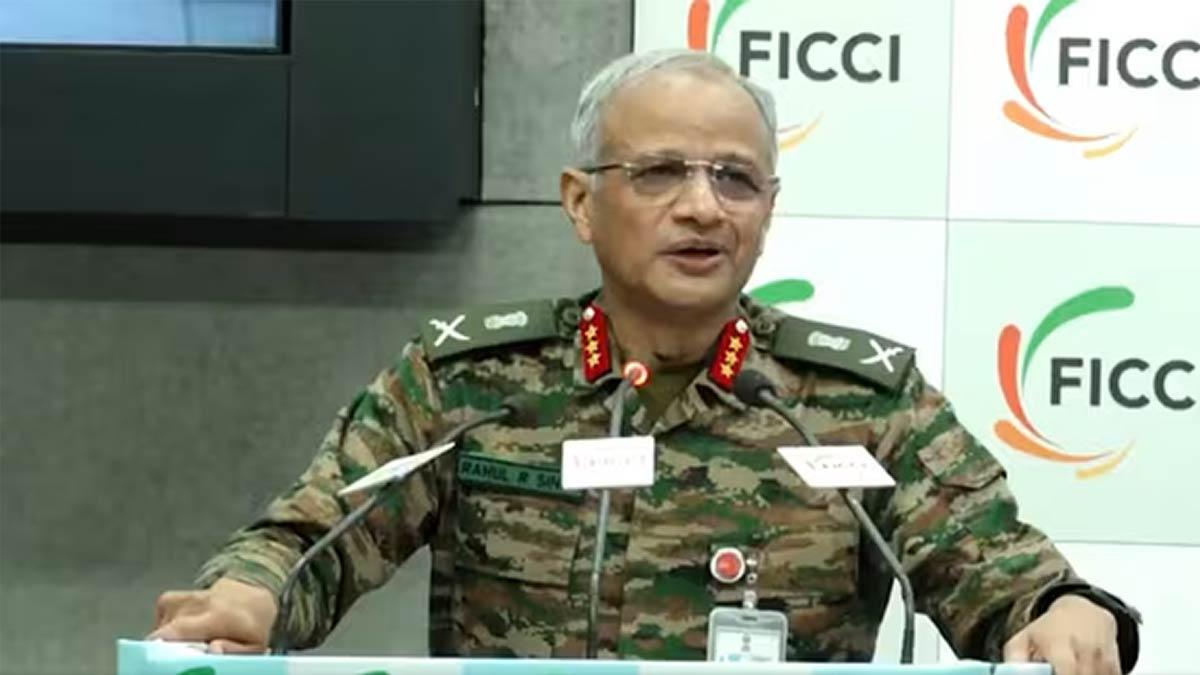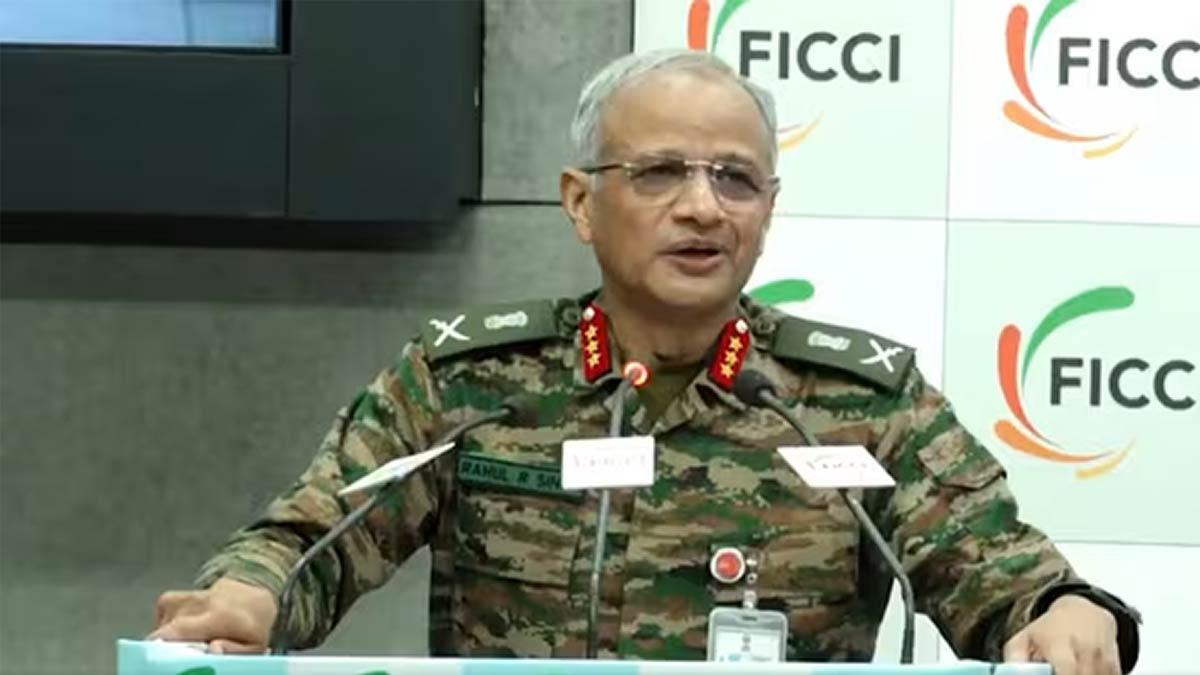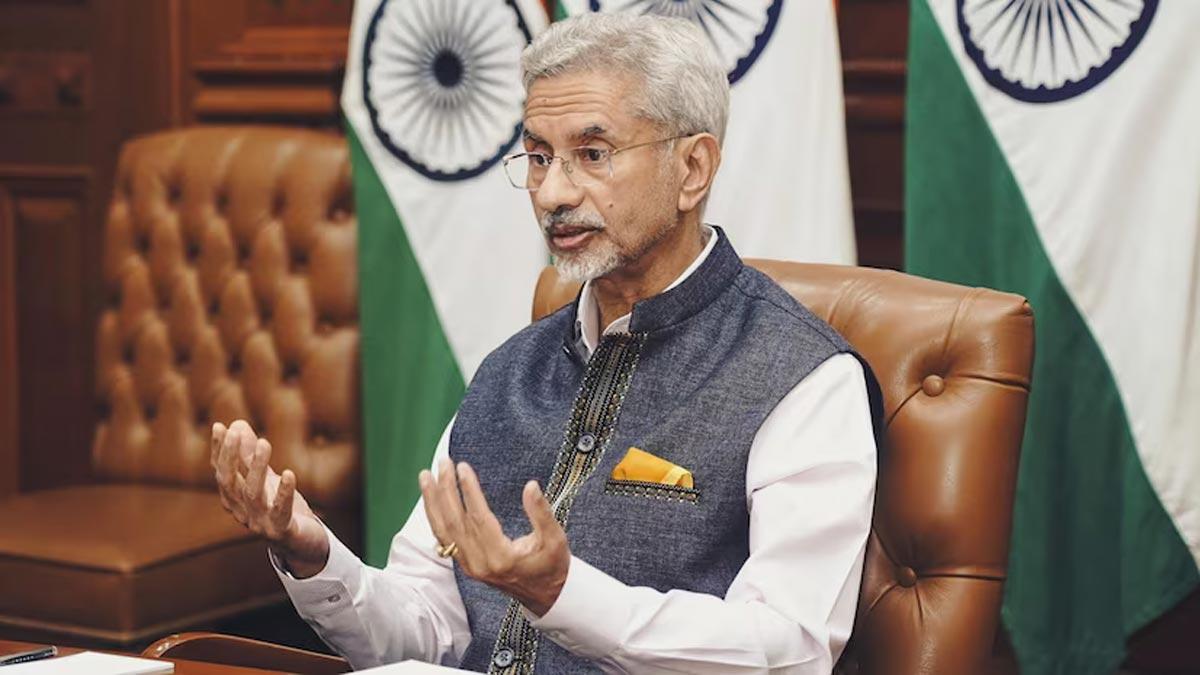While the success of Chandrayaan-3 is a fantastic showcase of ISRO’s technical abilities, it also involves collaborations from space agencies of the US, Europe and Australia, among others.
Chandrayaan-3’s Vikram lander carries an auxiliary instrument, named ‘Laser Retroreflector Array (LRA)’ belonging to NASA.
“This lightweight structure with eight retroreflectors can serve as a long-term geodetic station and a location marker on the lunar surface,” ISRO has said.
ISRO has also received support from the European Space Agency (ESA) located in French Guiana, the UK and Australia.
The ESA, in a statement, said that it has been providing deep space communication support to the Chandrayaan-3 mission.
“For the Chandrayaan-3 mission, ESA is coordinating routine support from its Kourou station in French Guiana and from Goonhilly Earth Station in the UK. These stations complement support from NASA’s Deep Space Network and ISRO’s own stations,” the agency said.
ESA’s 35-metre antenna in New Norcia, Australia, also provided additional tracking support during the lunar landing, serving as a back-up for ISRO’s own ground station.
New Norcia received the stream of vital signs from the Chandrayaan-3 lander -- information about its health, location and trajectory -- in parallel with the ISRO station, ESA said.
The agency added that its stations will continue to relay telemetry and scientific data gathered by the mission’s rover and lander module until the end of the surface operations.
Further, the Canberra Deep Space Communications Complex, part of NASA’s Deep Space Network and managed by Australian space agency CSIRO, also aided ISRO in communicating with the Chandrayaan-3 spacecraft.
“It has been a privilege to have played a role in India’s successful Moon landing,” it said in a post on X, formerly Twitter.
“Good hear from you #Chandrayaan3,” it posted after receiving signals from Chandrayaan-3.
ISRO said its ground stations located in Brunei, Indonesia and Mauritius and Swedish Space Corporation (SSC) located in Chile and US have also provided required support for tracking, deep space communication and navigation.
As space is not confined to national boundaries, ISRO has in the past shown efforts towards pursuing cooperation with space agencies of other nations. The Indian space agency has carried several joint missions and also shared its expertise in applications of space technology.
According to the Department of Space’s Annual Report for 2021-22, India has to date signed space cooperation documents with agencies of 60 countries and five multinational bodies.
“ISRO maintains professional relations with other government space agencies across the world. It is pursuing bilateral and multilateral relations with space agencies and space related bodies,” Santabrata Das, Professor in Department of Physics, IIT Guwahati, told IANS.
“Collaborative and partnership programmes are in place, namely Chandrayaan-1 (carried scientific payloads from NASA, ESA, Bulgarian Space Agency), Indo-French Joint satellite missions (MEGHATROPIQUES and SARAL), Indo-US (NASA-ISRO Synthetic Aperture Radar (NISAR)), Indo-Japan Joint mission (Lunar Polar Exploration Mission (LUPEX)) etc,,” he added.
ALSO READ | India has earned its place in global space powers club, say experts
ALSO READ | Science and belief are two different entities: ISRO Chairman Somanath


















